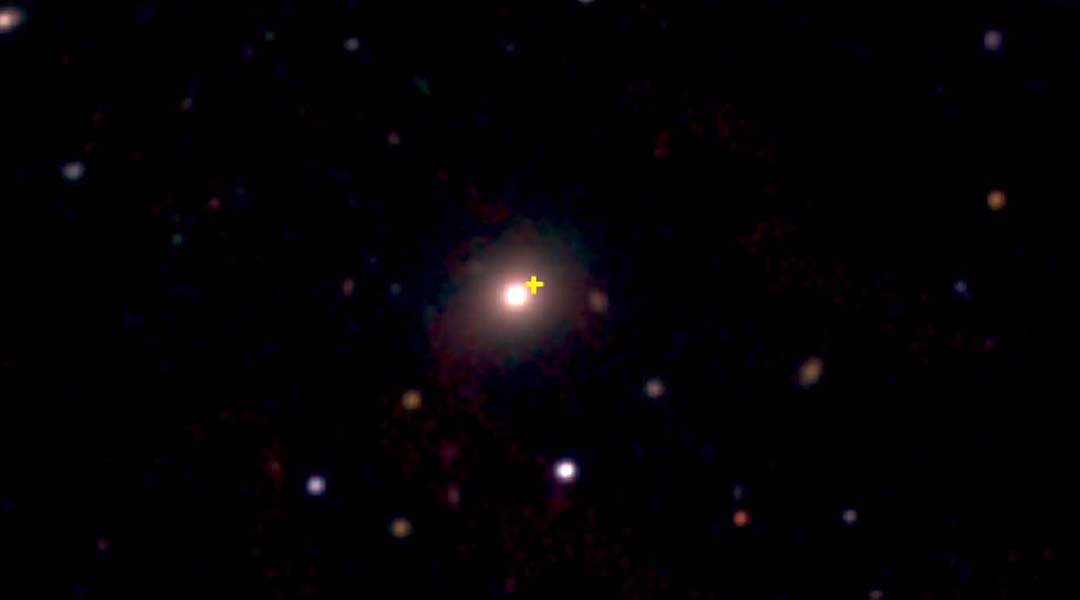Astronomers used the Gaia Space Telescope to say “you are the father” by tracing hot young stars back to their place of birth.


Astronomers used the Gaia Space Telescope to say “you are the father” by tracing hot young stars back to their place of birth.

The rare but extreme blast that outshone most supernovas originated two billion light years away and has been classed as a “Luminous Fast Cooler”.

The universe is ringing with gravity, but humanity is only just beginning to hear the nuance of this cosmic symphony.

Using quasars as ticking cosmic clocks, scientists took a journey back in time, discovering time progressed five times slower just after the Big Bang.

Scientists probe cosmic microwave background and black hole radiation to test our understanding of electromagnetism.

Astronomers have observed neutron stars that emit more energy than is theoretically possible, and now an explanation might be in the works.

Many physicists are still skeptical that dark energy can fully explain gravity, and are therefore exploring alternative theories.

Comparing simulated X-ray emissions from galaxy clusters to real observations provides support for the Standard Model of Cosmology.

Comparing algorithms used to model spinning neutron stars, scientists hope to better understand the physics of the elementary particles that make them up.

Merging pairs of black holes are thought to have originated from binary stars, but new observations indicate this might not always be true.